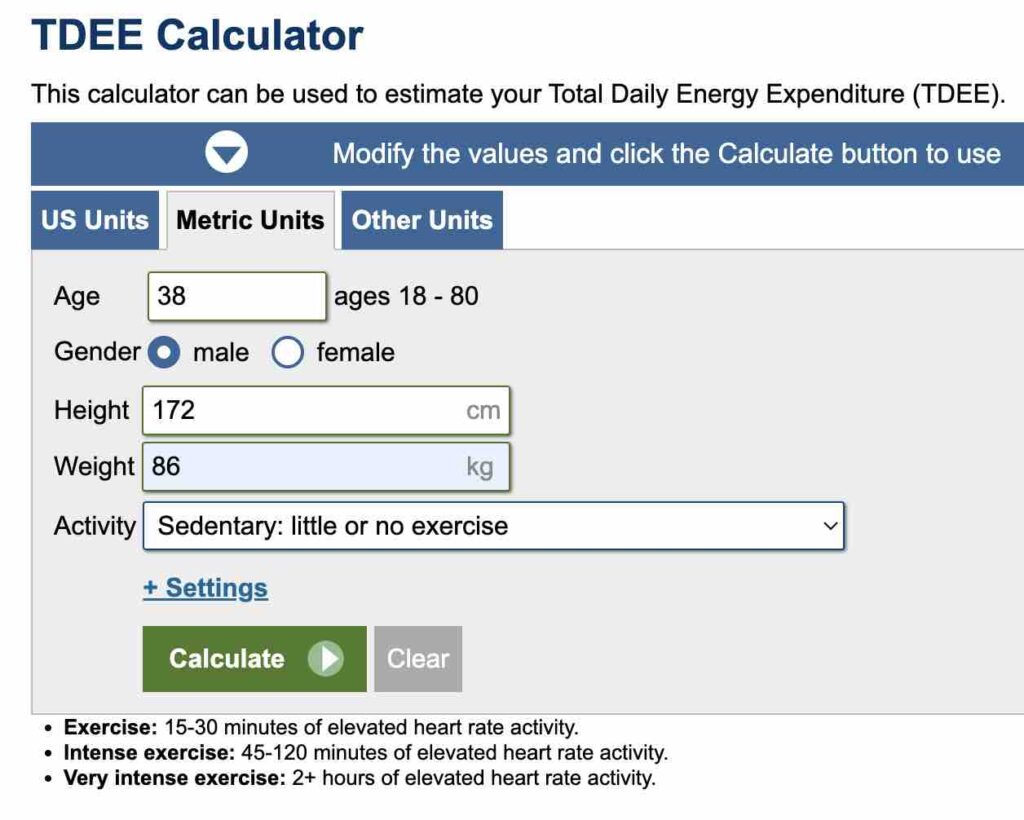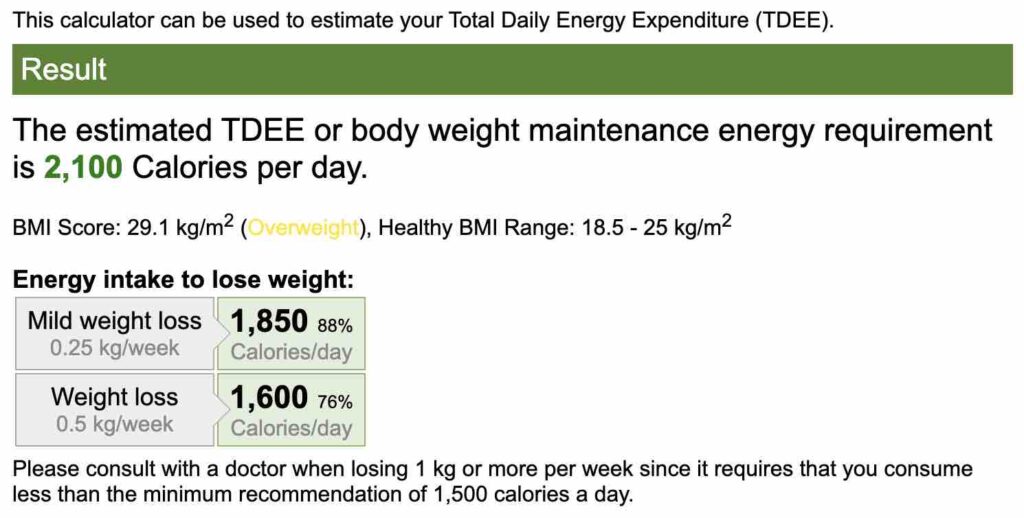Table of Contents
Disclaimer: This information does not constitute medical advice. It is based on my personal research and experience in managing weight reduction, as of May 2024. I do not take responsibility for any differing results you may experience.
In this guide, we’ll delve into the essential steps and considerations for embarking on an intermediate fasting journey. From understanding the principles of fasting to practical tips for preparation, this comprehensive summary covers everything I have done so far to trim 15+ kg in the last 3 months. I hope this will help you to start your intermediate fasting journey confidently.
Why and How body fat increased?
A human body requires a certain amount of calories per day; if we consume more calories than necessary, they will be converted to fat and stored in the body for later use. If this continues for a prolonged period, our body will continue to accumulate fat, potentially leading to cardiovascular diseases.
To reduce this fat, we need to either decrease our daily calorie intake or engage in intense workouts.
It’s better to start from the first day by not consuming more calories than necessary.
What is Ketosis, just for my later reference. 2 to 3 days
- Should you try the keto diet? – Click Here
- Ketosis, ketogenic diet and food intake control: a complex relationship – Click Here
- Ketogenic diet: Is the ultimate low-carb diet good for you? – Click Here
What is autophagy, just for my later reference. 2 to 3 days of fasting
Later I need to give a try to reach AutoPhagy stage.
- Yoshinori Ohsumi: Autophagy from beginning to end – Click Here
- Yoshinori Ohsumi: What is autophagy? A dynamic cellular recycling process – Click Here
- Autophagy: cellular and molecular mechanisms – Click Here
- The Beneficial and Adverse Effects of Autophagic Response to Caloric Restriction and Fasting – Click Here
- Autophagy Fasting: Benefits and How To – Click Here
Total Daily Energy Expenditure
We should begin by understanding Total Daily Energy Expenditure (TDEE).
To calculate the TDEE, we need to consider age, gender, height, weight, and activity level details.

Click to calculate your TDEE Calculator

My estimated required calories per day is 2,100 calories per day, To achieve weight loss, it’s recommended that we need to eat less food, just reduce 500 calories from the estimated calories 2,100. As per the energy intake to lose weight I have decided to stick with 1,600 calories per day.
I have done a check for my BMI, it indicates that I’m overweight and just .5 far from the Obesity.
If your schedule is too hectic to accommodate fasting, prioritize consuming meals within the recommended daily calorie intake as calculated by the TDEE calculator. Reaching your goal weight may take considerable time, spanning from months to possibly years.
Patience is key; you may start noticing a slight reduction in weight after 5 to 10 days. This is nothing else just Water weight.
If you’re dedicated to achieving weight loss and closely tracking your progress, please read on below, and you can thank me later.
Essential Weight Loss Prerequisites
I’m employing the prerequisites listed below; select the ones that suit your convenience.
- eufy Smart Scale P2 Pro
- Etekcity Food Scale Large
- Philips Airfryer XXL
- Weight Loss Plan App – Lose it!
- Any Smartwatch to track the activity.
- Any Running/Walking shoe
Half-Day Harmony: 12-Hour Intermediate Fasting
Great achievements don’t happen overnight. Let’s begin gradually, one step at a time.
There are no food restrictions; you can continue eating as you did before, but portion control is key. Limit your quantity, ensuring not to exceed the recommended calorie intake calculated by your TDEE.
- Embarking on 12-Hour Intermediate Fasting
- Ensure dinner is completed before 7 PM to initiate fasting from 7 PM until 7 AM the following day.
- Choose to satisfy your hunger with water whenever you feel the urge to snack, avoiding snacks altogether.
- After waking up, empty your stomach and weigh yourself. Then, as a part of your routine, drink 500 ml of water on an empty stomach.
- Feel free to enjoy your breakfast, Lunch and snacking after 7 AM the following day, and don’t forget to track your calorie intake using the app.
- Consider enjoying your tea or coffee with minimal sugar for optimal results; eliminating sugar entirely yields the best outcome.
- At the conclusion of your day, after dinner, remember to log your meal and commence your fasting period.
Embark on a 12-hour fasting regimen for a few days or a week. Once you feel comfortable with it, consider transitioning to 14 or 16 hours fasting.
Experience the Benefits: 16-Hour Intermediate Fasting
Continue with the same approach you followed during the 12-hour fasting period, maintaining consistency as you extend the duration by an additional 4 hours.
- Embarking on 16-Hour Intermediate Fasting
- If you desire tea, it’s acceptable to have it without sugar; however, it’s preferable to avoid tea or coffee with milk. I’ve chosen to stick with green tea without sugar.
- Your fasting period concludes at 11 AM.
- During your second week, it’s possible to observe minimal weight loss.
- At the end of the third week, I observed a gradual weight loss, and by the fourth week, I had lost 7 kg.
Up to this point, I haven’t engaged in any workouts; my focus has been solely on reducing calorie intake in line with the TDEE recommendation.
I’ve explored various forums and YouTube videos, and many sources suggest that the initial weight loss experienced when starting fasting is primarily due to the loss of water weight.
Despite maintaining a 16-hour fasting routine and restricting calorie intake, I’ve reached a point where I’m not experiencing any further weight reduction. Feeling a bit stuck.
It seems that the remaining weight could be stubborn fat in my body that isn’t ready to burn yet.
Initiating Journey with the Keto Diet
After losing water weight, shedding stubborn fat is not an easy task. There are two ways to achieve fat loss: through intense workouts or by enabling the body to utilize stubborn fat. To initiate the process of fat utilization, reducing or ceasing carbohydrate intake is necessary.
The body should be in ketosis stage to burn the fat instead of glucose for energy. Too enter into ketosis stage it may take 2 to 3 days after we reducing the intake of carbohydrates. If we continue to take carbohydrates more than 20 gm per day the Insulin will busy in reducing the sugar content in our blood so reaching ketosis will not happen and fat will not be used for the energy.
The food I ate to enter into ketosis stage by reducing carbohydrates are as follows
- Chicken Steamed or Air Fried Chicken Breasts
- Salmon Fish Air Fried, Hamour Fish Fillet
- Hard Boiled eggs
- Cottage Cheese (Paneer), Malai Paneer
- Cucumber, Mushroom, Broccoli Steamed, Lettuce, Bell Pepper
- Avocado, Strawberry
- Spinach Cooked
- Olive marinated
- Almonds, Walnuts
- Green Tea without Sugar
Or mostly we prepared Cream of Mushroom soup, 1 serving of soup will give 252 calories with total of 10.8 g of carbs.
My weight started to fall, after 2 to 3 weeks reduced more 6Kgs and my Body fat level reduced.
I have started little workout from 2 kms and increased to 5 kms per day, and make sure to walk 1 km with in 10 to 11 minutes pace and reach 110 to 120 BPM.
Maximizing Results: Workouts During Intermittent Fasting
Started with walking workout, later after 2 weeks started running for 2 kms. Now I’m able to run max 5+ kms in a single go.
I have reached my ideal weight, but still taking 16 or 18 hours of fasting alternative weeks to make sure not allow my weight to increase like before. And regularly going for walking and some day run as well.
Documented for self reference and to share with someone who looking to reduce weight.